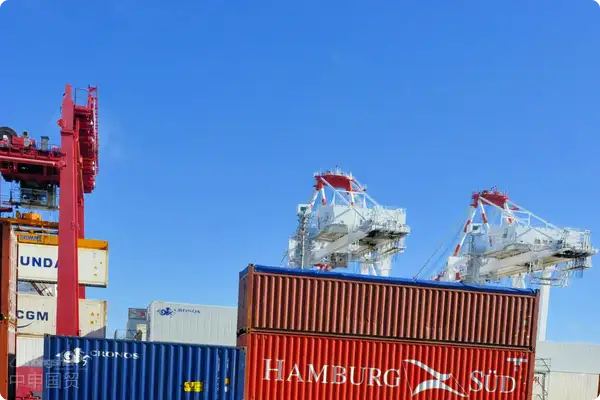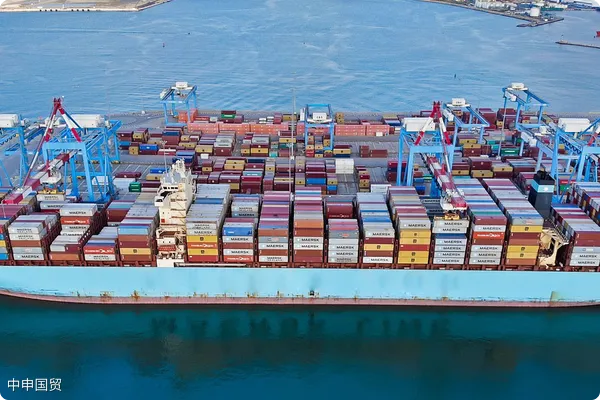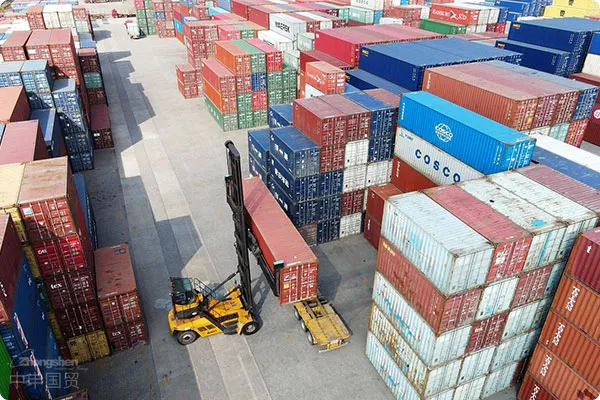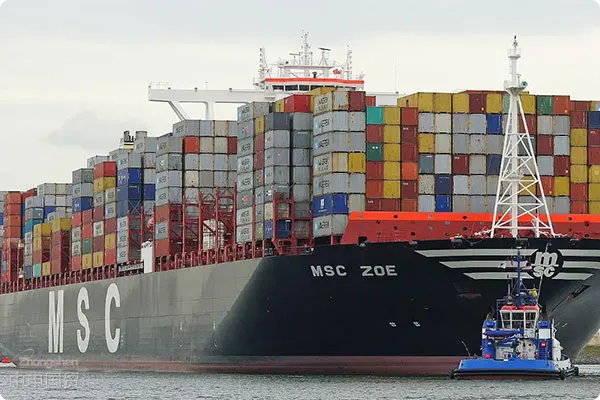- Shanghai Zhongshen International Trade Co., Ltd. - Two decades of trade agency expertise.
- Service Hotline: 139 1787 2118

I. Product classification and declaration strategies
- HS code dual matching mechanism
- Must simultaneously comply with Kazakhstans Harmonized Convention codes (15% variance items exist compared to Russian EAC codes)
- Key sensitive categories to avoid: electromechanical equipment (requires pre-application of GOST-K certification), chemical products (requires MSDS in Russian-Kazakh bilingual version)
- Practical tool: Use Kazakhstan Customs 2025 Sensitive Goods Warning List for dynamically updated restricted categories (e.g. machine tools containing over 10% US technology)
- Origin management innovation
- Apply for transit processing certificate: Complete over 30% value-added processes in Kazakhstans bonded zones (e.g. repackaging, adding Russian labels)
- Case: A ChineseAutomotive partscompany successfully circumvented EU sanctions on Russian auto parts by changing origin to Kazakhstan through reassembly in Almaty Free Trade Zone
- Risk warning: Must retain production logs, processing videos and other evidence chains for potential inspection
II. Customs Data Collaboration
- Electronic Seal and Manifest Linkage
- Adoption of blockchain seal system mutually recognized by China, Kazakhstan, and Russia (Recommended: KTZ Expresss Smart Border solution)
- Data synchronization requirements: Upload container GPS coordinates + high-definition seal images to FCS system within 2 hours after goods enter Kazakhstan
- Error tolerance mechanism: Allow 3 data re-upload attempts, exceeding limit triggers manual inspection (adding 5-7 days processing time)
- Dynamic declared value calibration
- Reference Kazakhstan Customs third-party audit prices (AI valuation model introduced from 2025年1月), recommended declared value fluctuation within ±8% of benchmark price
- Special handling: Apply split declaration strategy for controlled goods (e.g., separating machine tools into mechanical components + control systems for customs clearance)
III. Fund Flow Compliance Path
- Dual-channel transit settlement design
- Channel A: Complete settlement in local currency (KZT) through Kazakhstans Forte Bank (requires 20% risk reserve deposit)
- Channel B: Direct connection with VTB Kazakhstan branch via Cross-border Interbank Payment System (CIPS) in RMB
- Cost comparison: Channel A comprehensive fee 1.2%-1.8%, Channel B enables T+0 settlement but bears 0.9% currency swap cost
- Document desensitization technology
- Key field obfuscation: Replace supplier information with Kazakhstan agent company, substitute technical parameters with range values instead of exact figures
- Tool: Kazakhstan nationally certified TradeMask software (automatically generates clean documents compliant with Russia-Kazakhstan customs standards)
As a crucial trade transit hub, Kazakhstans 2025 new policies bring both opportunities and risks. Ensure logistics monitoring and fund flow compliance.
Tags: Russian Imports and Exports Foreign Trade Documents Trade Essentials Foreign Trade Documents Entrepot Trade
Related Recommendations
Learn
Contact Us
Tel: 139 - 1787 - 2118
Email: service@sh-zhongshen.com
Email: service@sh-zhongshen.com
Related Recommendations
Contact via WeChat

? 2025. All Rights Reserved. Shanghai ICP No. 2023007705-2  PSB Record: Shanghai No.31011502009912
PSB Record: Shanghai No.31011502009912








